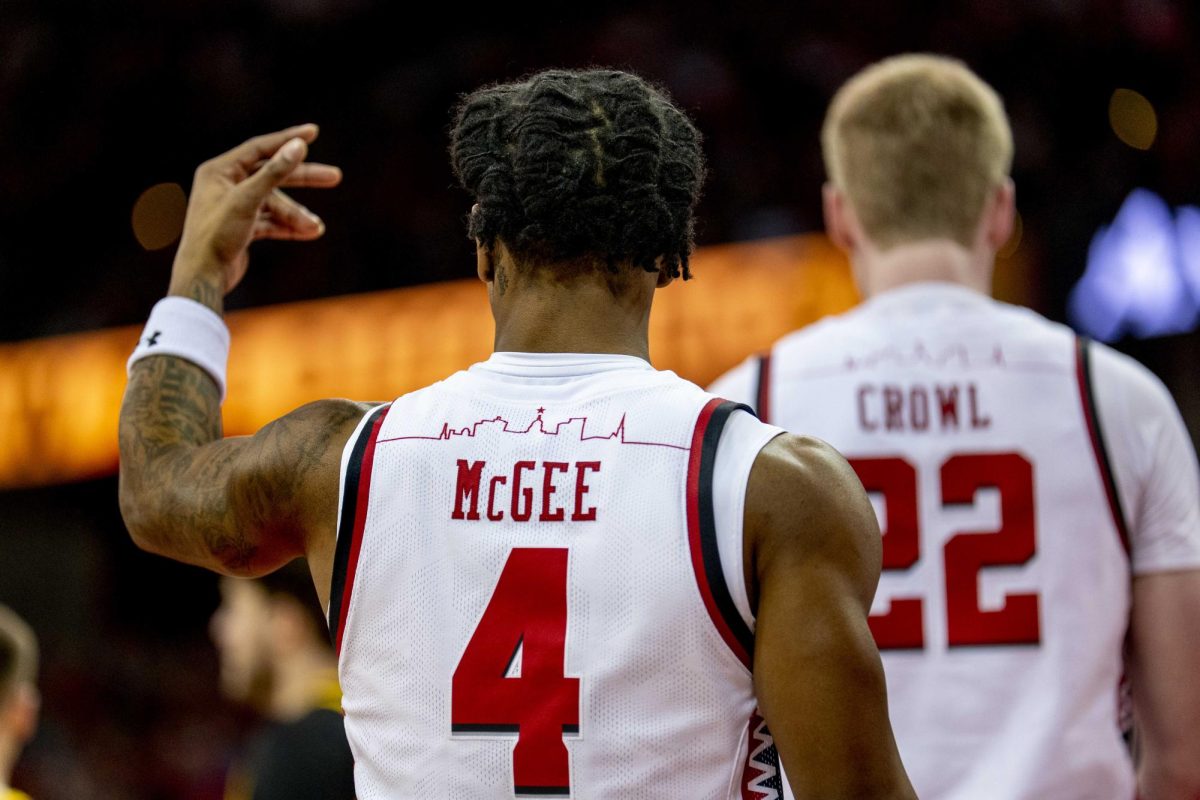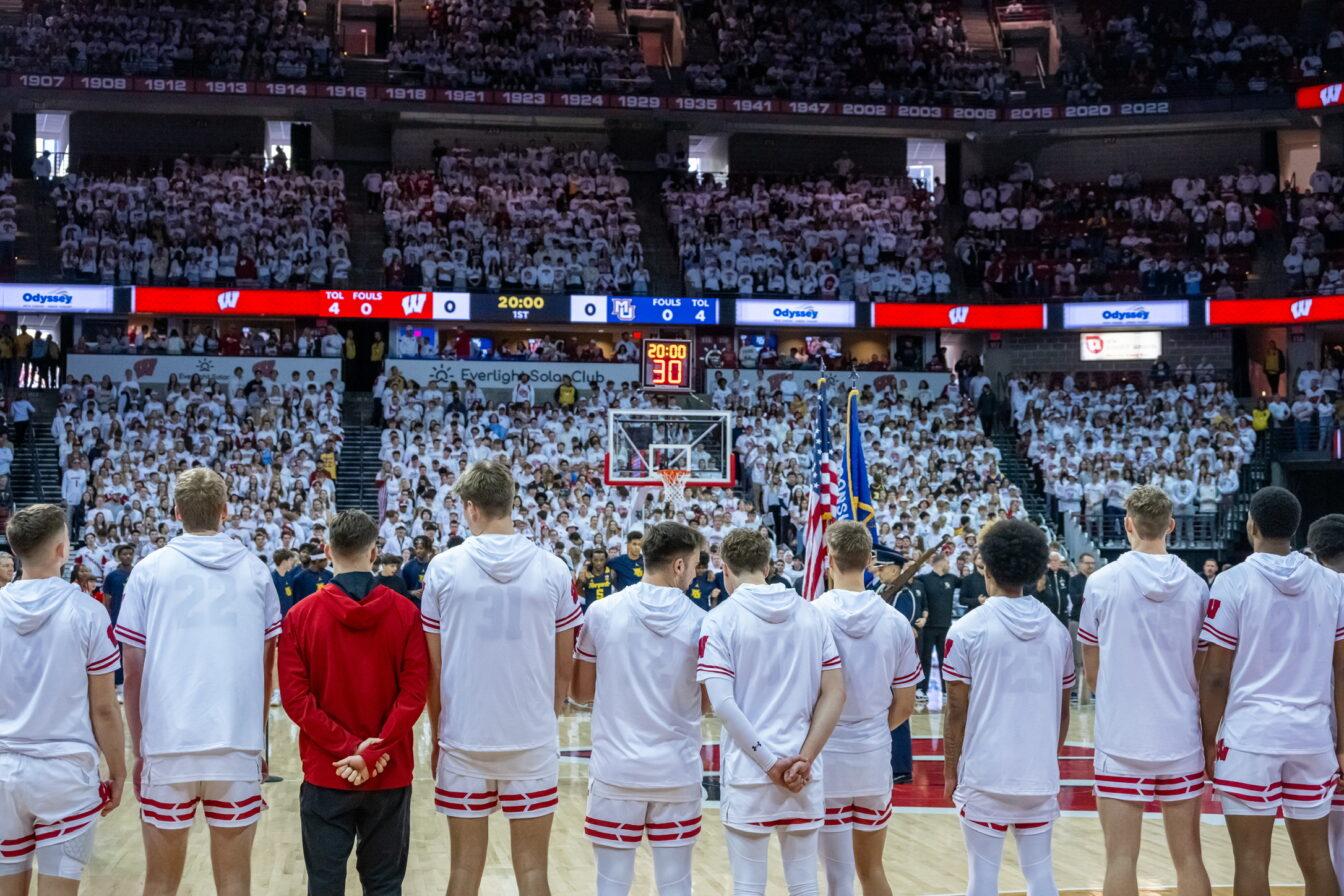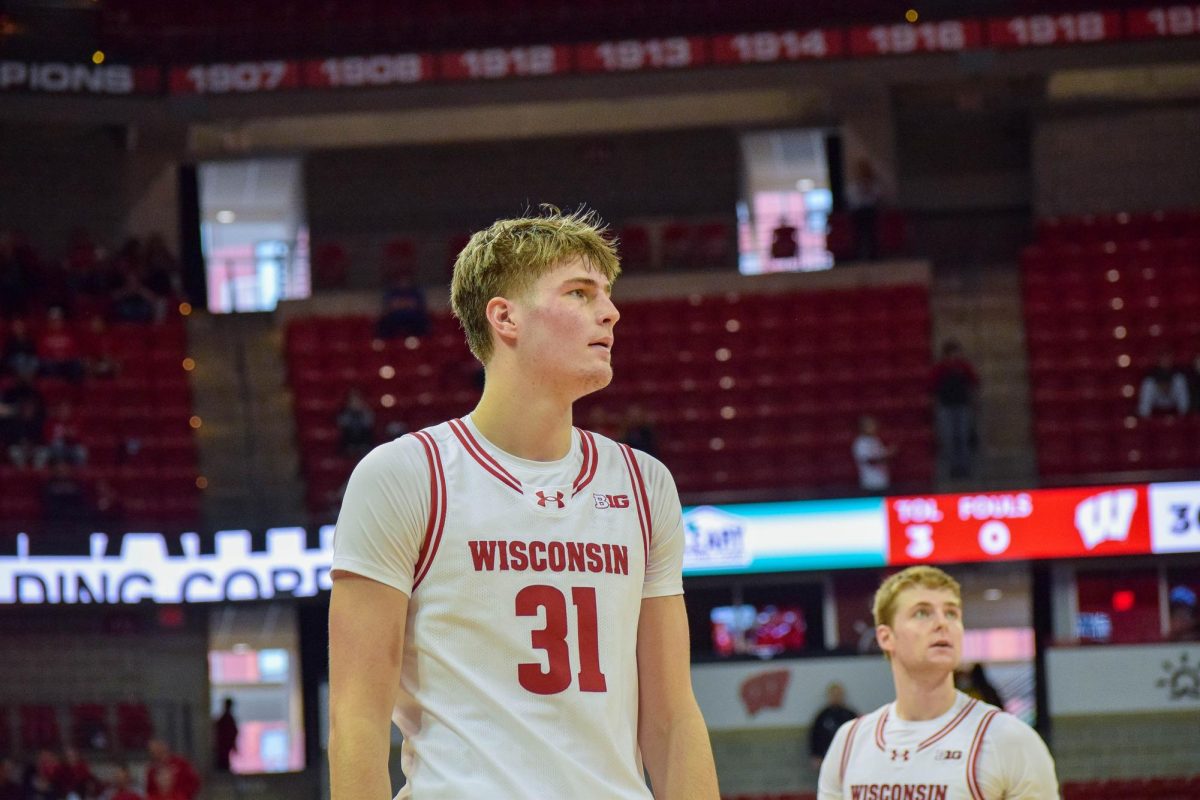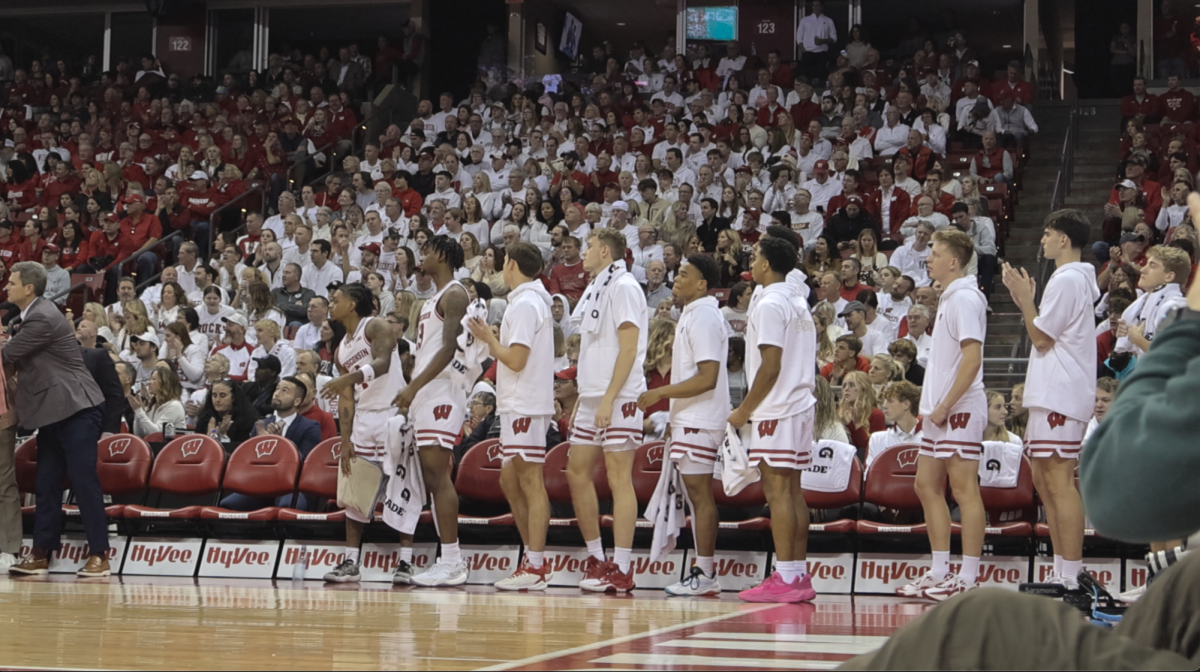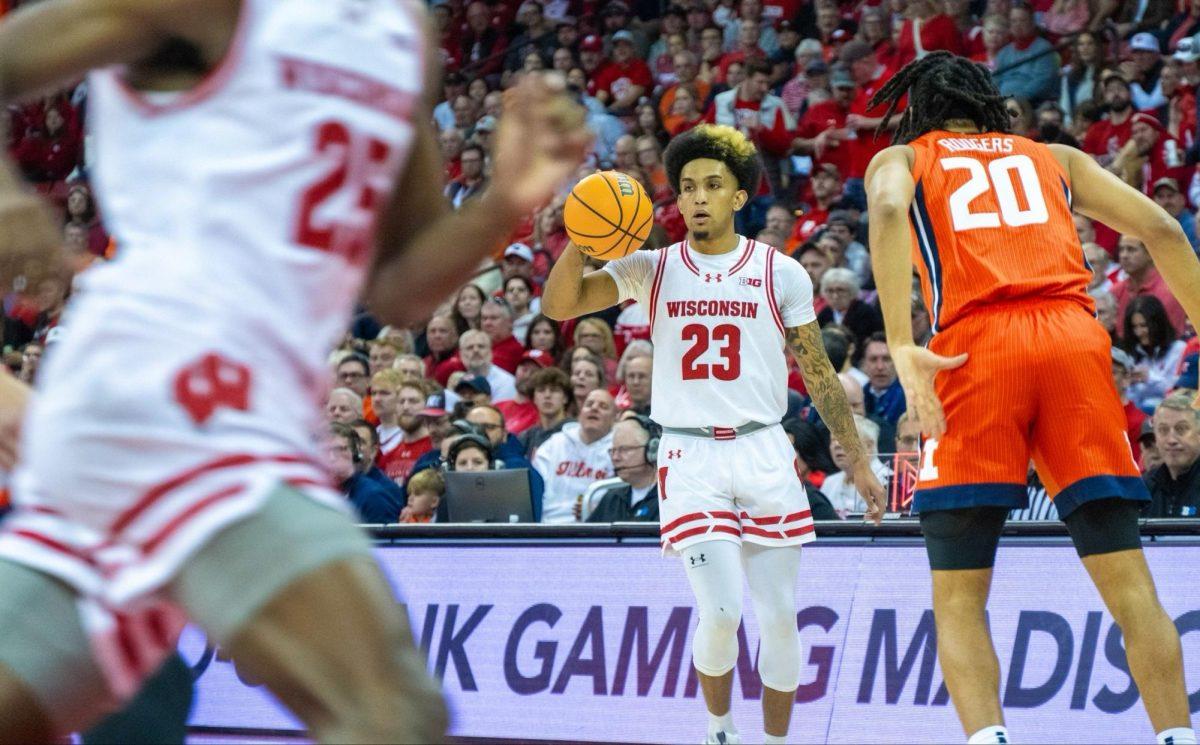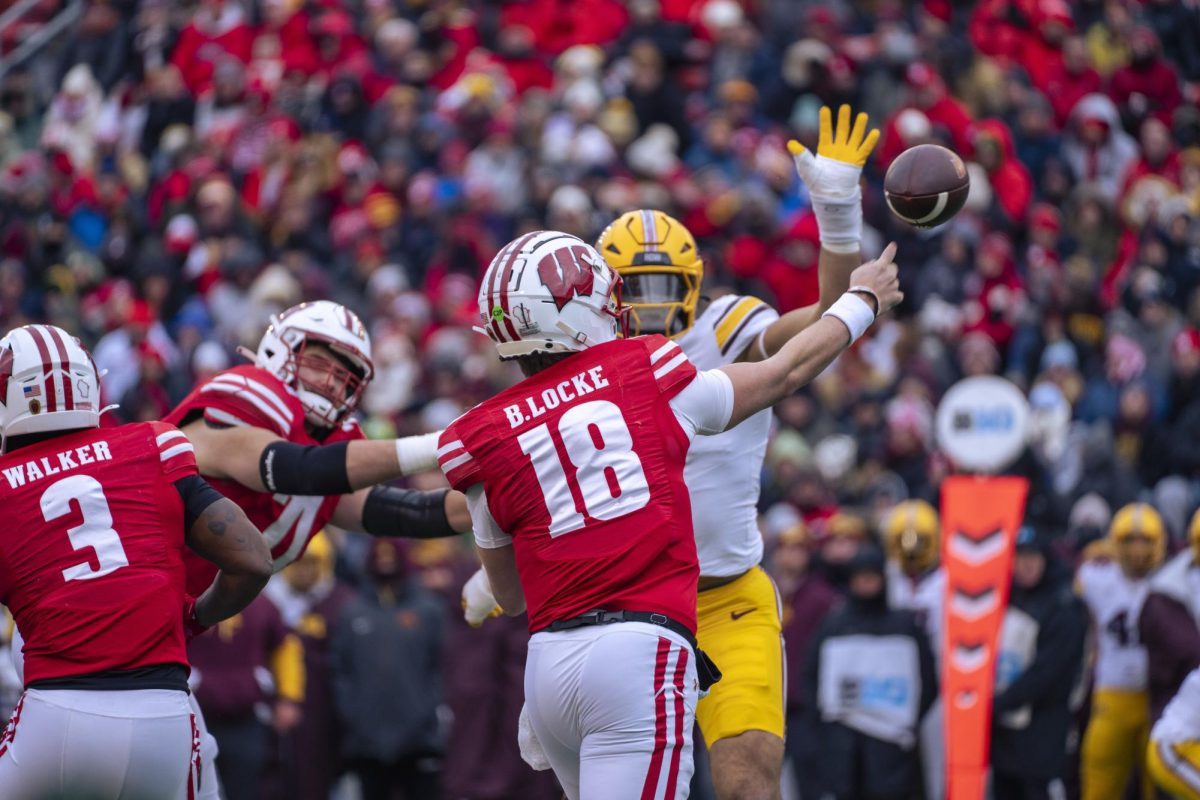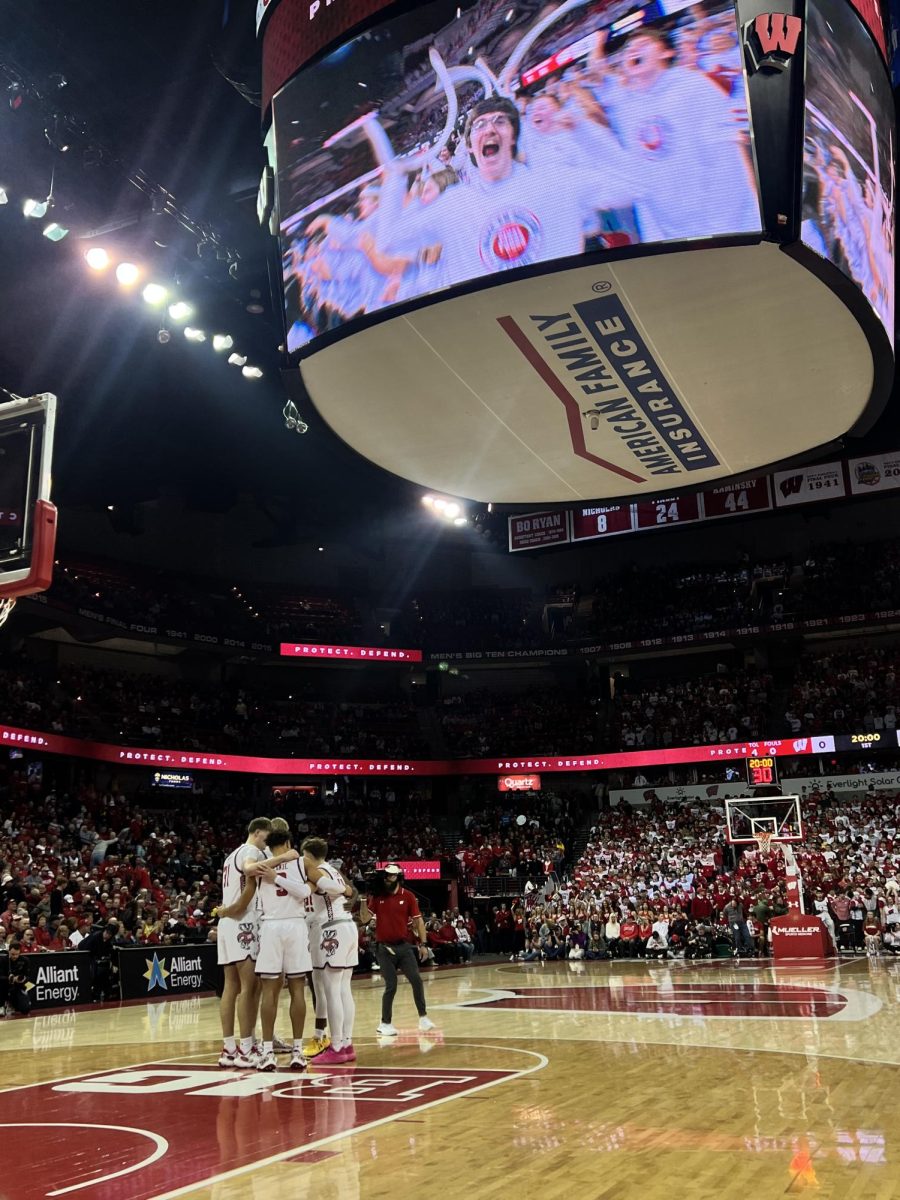The University of Wisconsin men’s basketball team finished the season scorching hot, winning eight conference straight games that gave the Badgers a share of the regular-season Big Ten title, their first since the 2014-2015 season.
Though the COVID-19 pandemic forced the 2019-2020 season to end abruptly, Badger fans have a lot to look forward to when basketball tips off next November. With only one senior graduating and a loaded recruiting class, the Badgers look equipped for another conference championship run.
Today, we compare how Wisconsin stacks up compared to the rest of the Big Ten for the 2020-2021 season.
1. Iowa (20-11, 11-9 Big Ten in 2019-2020)
Assuming John R. Wooden Award winner Luka Garza returns for his senior season, the 2020-2021 Hawkeye team will be the most talented in Head Coach Fran McCaffery’s 10-year tenure. Alongside Garza, the Hawkeyes return guards CJ Fredrick and Joe Wieskamp, who both averaged 10-plus points during the 2019-2020 season. If the NCAA grants senior sharpshooter Jordan Bohannon a medical redshirt, the Hawkeyes would be a seasoned team that should have Final Four aspirations.
2. Wisconsin (21-10, 14-6)
With seven of their eight rotation players returning, the Badgers have a lot of experience that puts them on track for back-to-back conference championships. Forwards Micah Potter and Nate Reuvers have both shown flashes of being great big men in the Big Ten. Combine that with a senior backcourt of Brad Davison, D’Mitrik Trice and Aleem Ford, and the Badgers’ experience will help them compete for another Big Ten title.
3. Michigan State (22-9, 14-6)
Despite losing former conference player of the year, Cassius Winston, the Spartans return a strong core if forward Xavier Tillman decides to return for his senior season. Rocket Watts and Aaron Henry are dynamic players on the wing and the addition of former Marquette standout Joey Hauser will provide another scoring option for the Spartans.
4. Illinois (21-10, 13-7)
For Illinois, the expectations for 2020-2021 rely heavily on the decision of hometown star Ayo Dosunmu. If Dosunmu decides to return, the Illini will not only be conference championship contenders but will also have a chance to make their first Final Four since the 2004-2005 season. Regardless of Dosunmu’s decision, Illinois will return 2019-2020 Big Ten Freshman of the Year Kofi Cockburn, the Big Ten’s best rim protector inside.
5. Ohio State (21-10, 11-9)
Despite the departures of Kaleb and Andre Wesson, the Buckeyes will reload in 2020-2021 with a strong recruiting class and transfers that can contribute right away for Head Coach Chris Holtmann. A player to watch will be senior transfer Seth Towns. Towns chose the Buckeyes over the likes of blue-bloods such as Duke and averaged 16 points per game for Harvard last year. Only time will tell if Towns’ dominant play will translate to the Big Ten.
6. Indiana (20-12, 9-11)
The Hoosiers return virtually the same rotation in 2020 and will hope for freshman Trayce Jackson-Davis to take the next step and become an All-Conference player. With the addition of three players ranked in the top 150 of the 2020 recruiting class, the Hoosiers should make their first NCAA Tournament under Head Coach Archie Miller in 2021.
7. Rutgers (20-11, 11-9)
With a breakout 2019-2020 season that shocked just about everybody, the Scarlet Knights put the Big Ten on notice and were set to make their first NCAA Tournament appearance since 1991. Rutgers returns guards Ron Harper Jr. and Geo Baker and the dynamic duo will once again be difficult for opposing defenses to stop in 2020.
8. Michigan (19-21, 10-10)
Though Michigan loses Zavier Simpson and potentially Isaiah Livers to the draft, the Wolverines will likely be in the NCAA Tournament field come 2021. A top-ten recruiting class and the addition of graduate transfer Mike Smith will have Head Coach Juwan Howard’s team primed to compete in the Big Ten.
9. Maryland (24-7, 14-6)
While it may be a surprise that the Terrapins are ranked this low, Mark Turgeon’s team faces the difficulty of replacing Anthony Cowan and Jalen Smith, who were both named to the Coaches All-Big Ten first team. The Terrapins return a solid core led by six-foot-six-inch guard Aaron Wiggins, but many experts question whether that core will be enough to contend in a loaded Big Ten.
10. Minnesota (15-16, 8-12)
It will be a big year for Minnesota and Head Coach Richard Pitino. In seven years, Pitino has just two NCAA tournament appearances and a 48-82 conference record. With the loss of Daniel Oturu, Pitino will have to rely on junior guards Marcus Carr and Gabe Kalscheur in hope of a bounce-back season.
11. Purdue (16-15, 9-11)
The Boilers were much better than their 16-15 record indicated in 2019-2020, with wins over Wisconsin, Virginia, Iowa and Michigan State. The loss of defensive anchor Matt Haarms to BYU will be tough for Head Coach Matt Painter’s team, but look for junior Trevion Williams to become a low-post presence with added minutes for a Boilermaker team that will likely float around the bubble throughout next season.
Men’s Basketball: Could Badgers really have captured 2020 national title?
12. Nebraska (7-25, 2-18)
The Huskers won just two conference games in 2019-2020, but they’ll bring in key players that will contribute right away for Head Coach Fred Hoiberg’s team. With the addition of Western Illinois guard Kobe Foster and former Badger guard Kobe King, the Huskers will be much more competitive in 2020.
13. Penn State (21-10, 11-9)
Following the loss of standout Lamar Stevens and frontcourt leader Mike Watkins, the Nittany Lions are faced with a difficult challenge of replacing a roster filled with mostly upperclassmen. After a tremendous 2019-2020, expect Penn State to be back toward the bottom of the Big Ten in the 2020-2021 season.
14. Northwestern (8-23, 3-17)
Northwestern returns key contributors in Miller Kopp and Boo Buie, but the Wildcats are still a year or two away from taking the next step in competing for an NCAA Tournament berth. Expect the Wildcats to be better, but still finish toward the bottom of the Big Ten.



